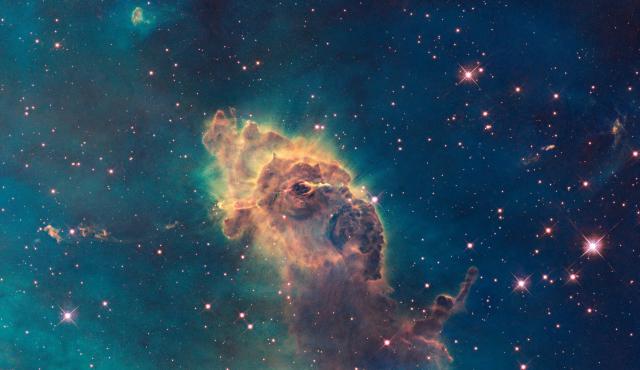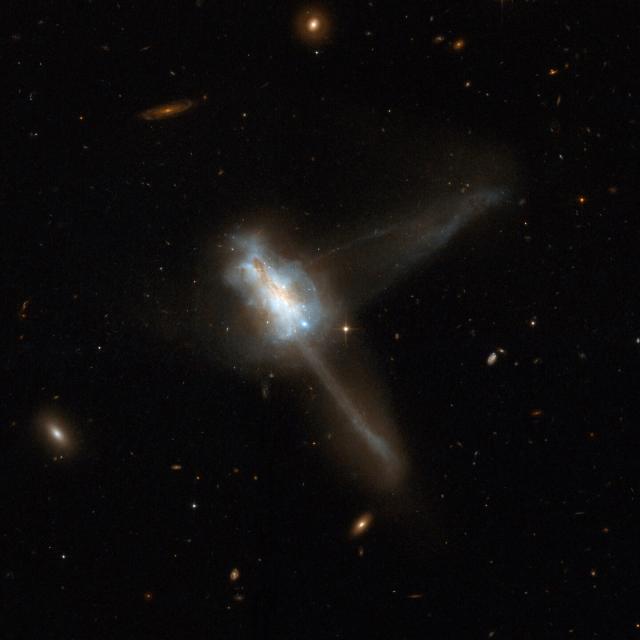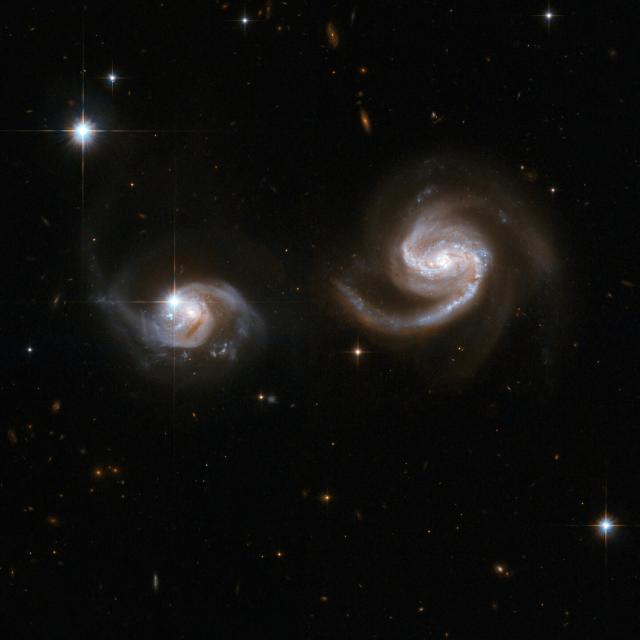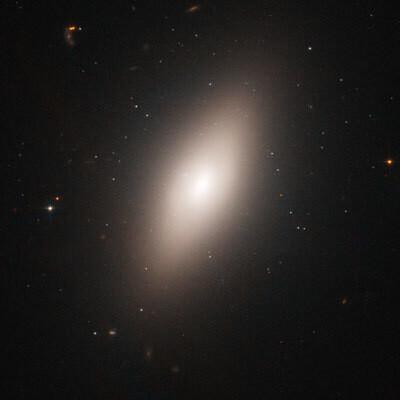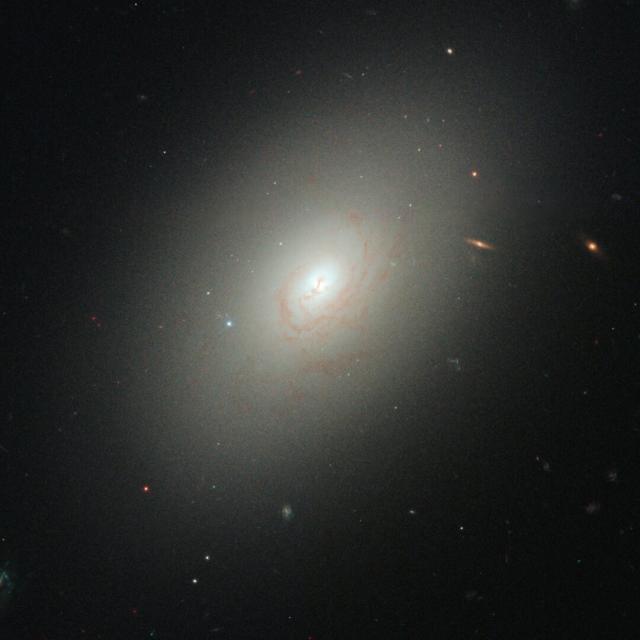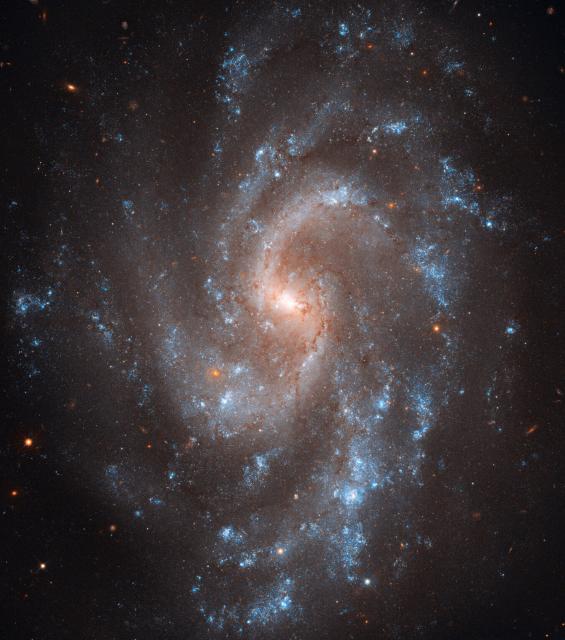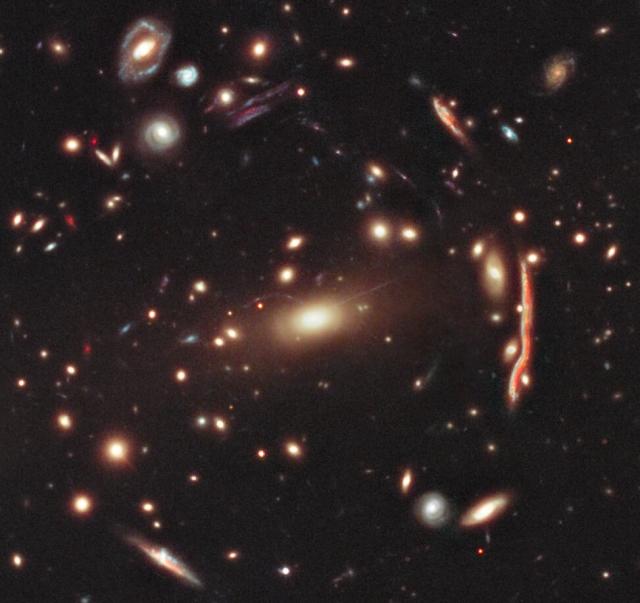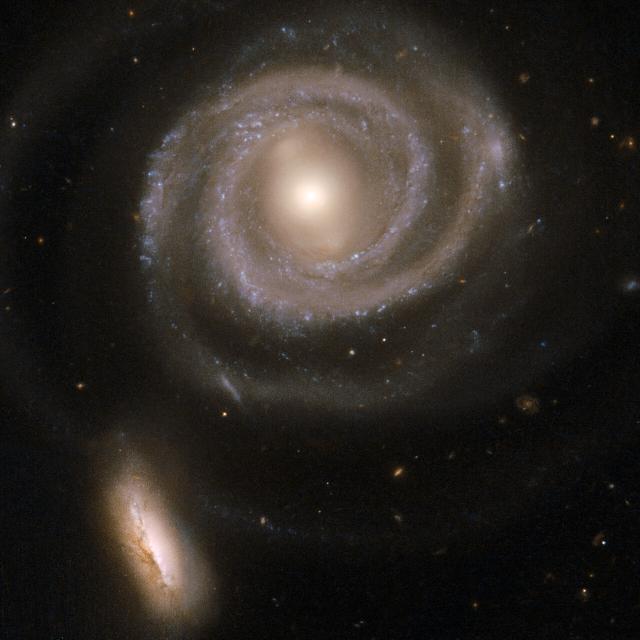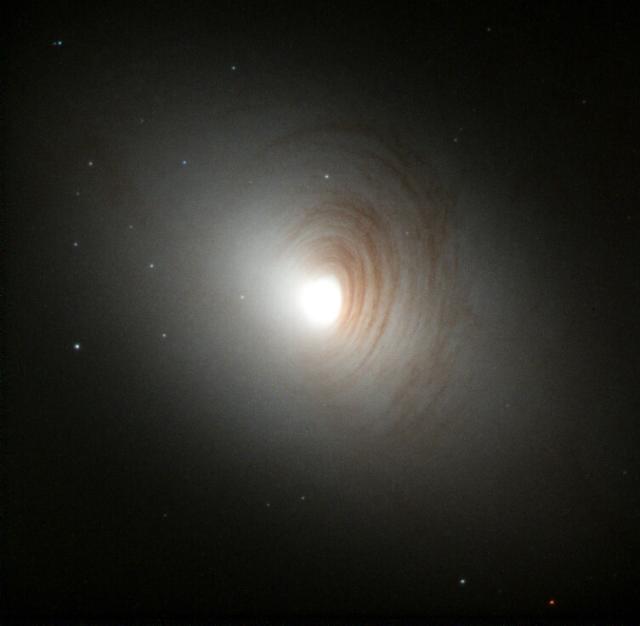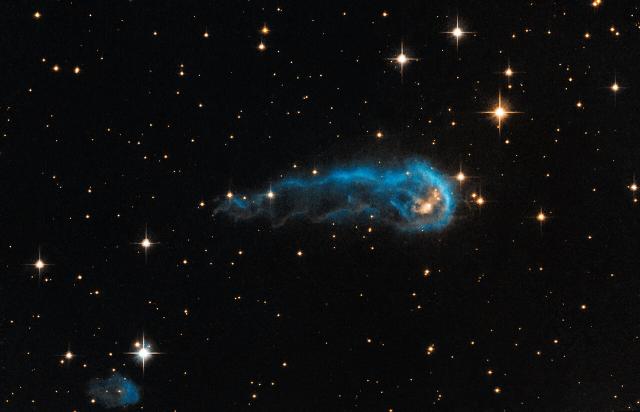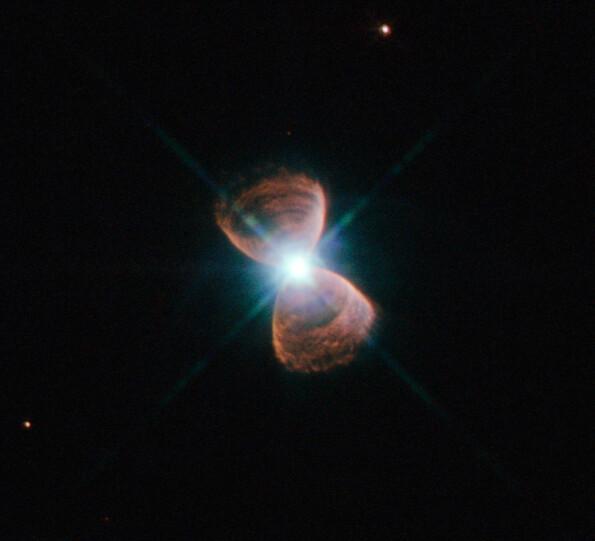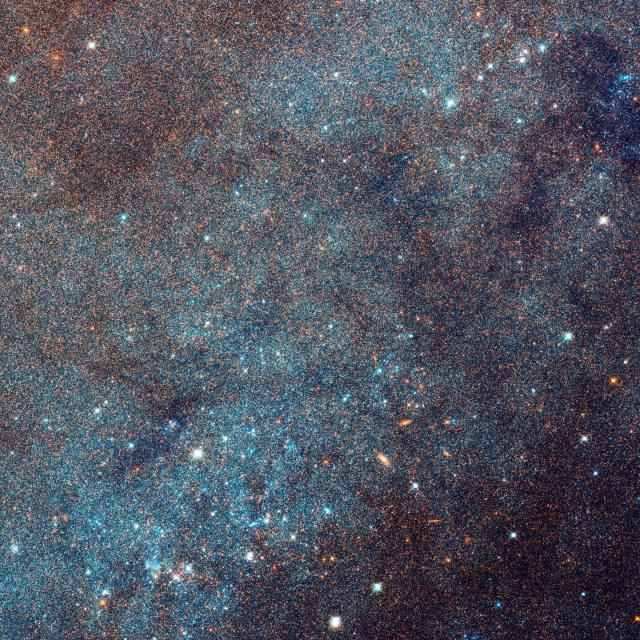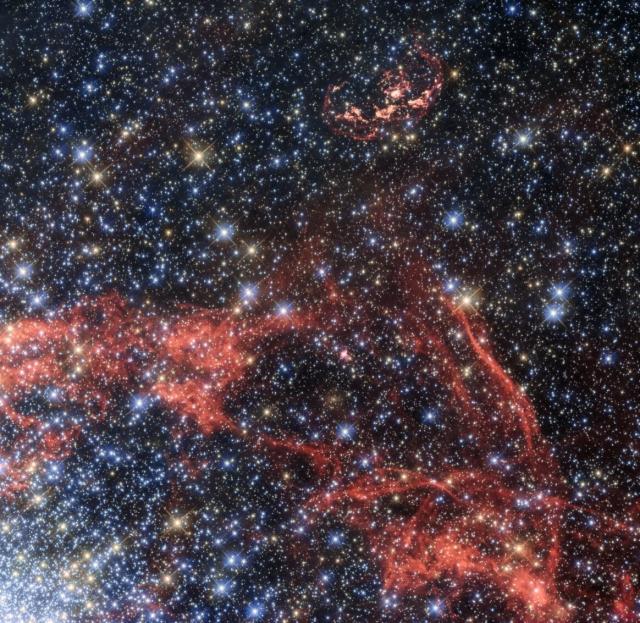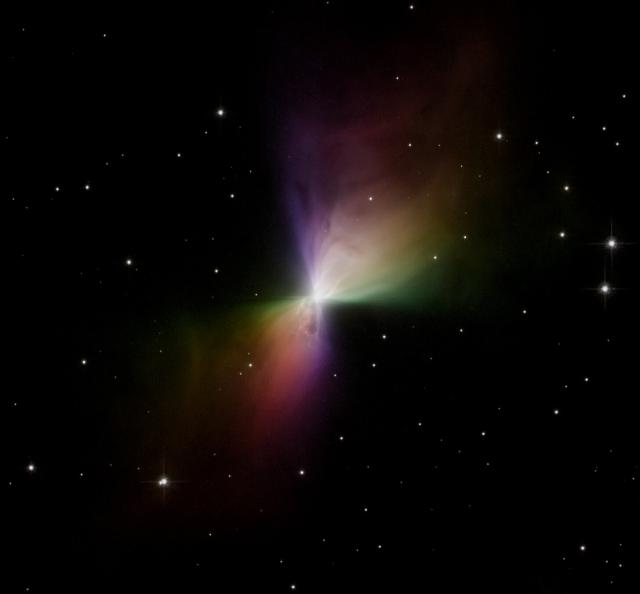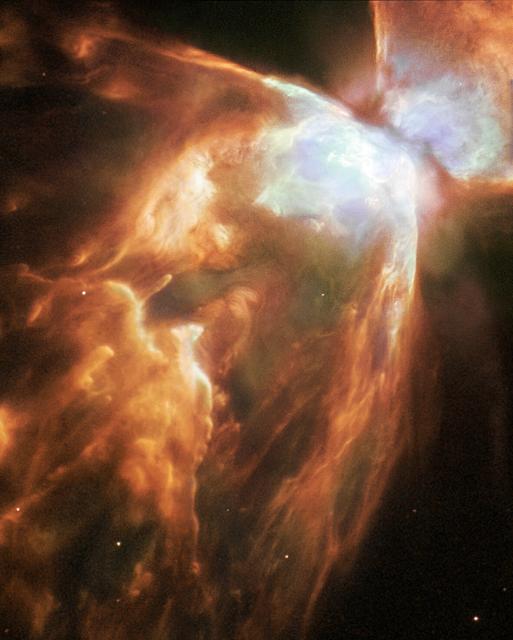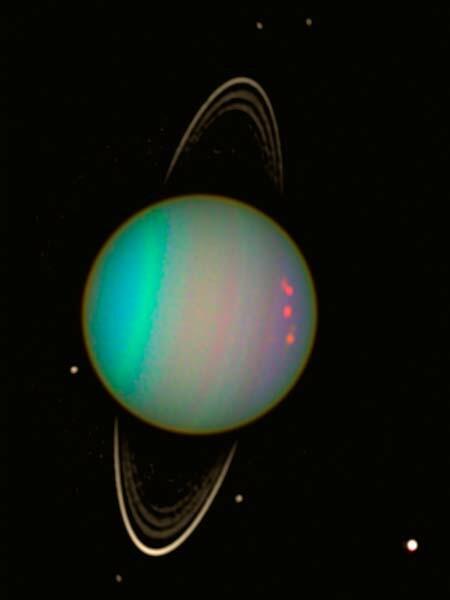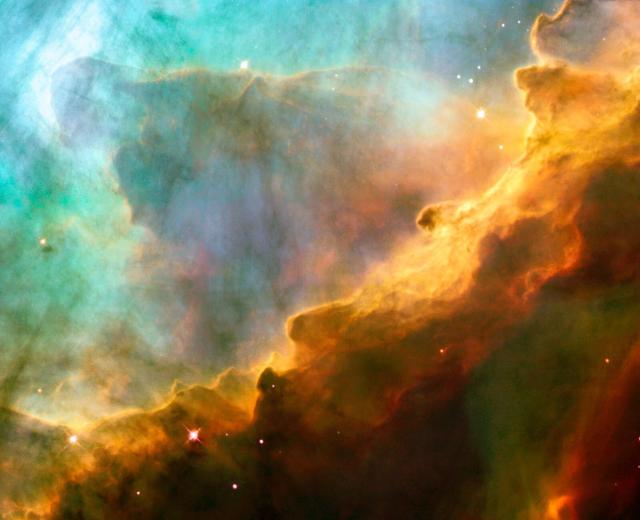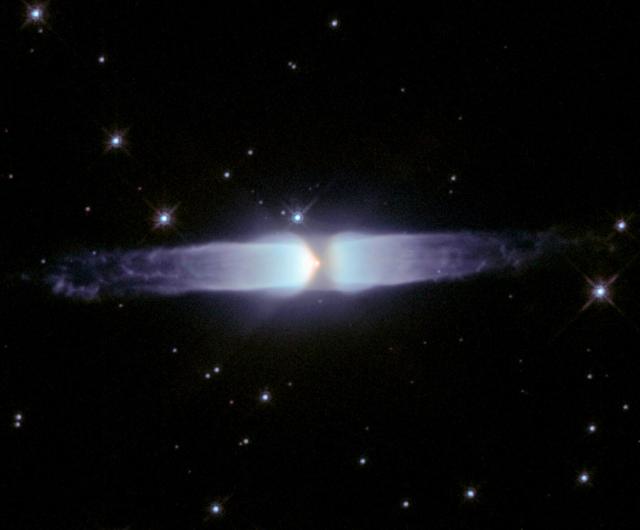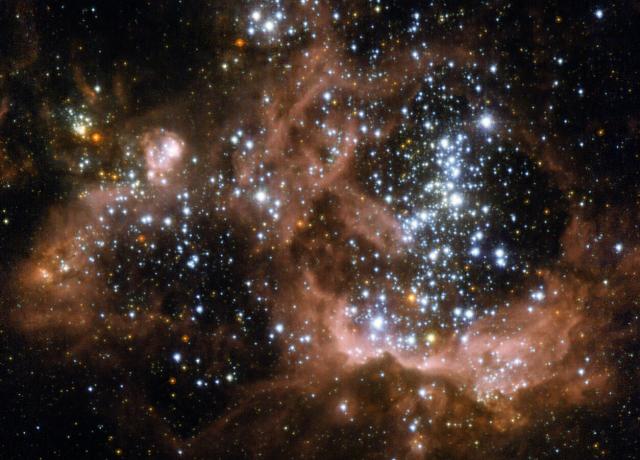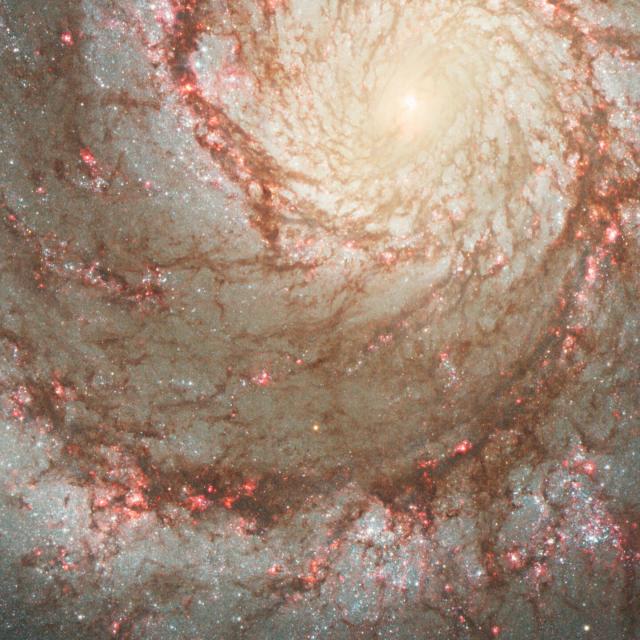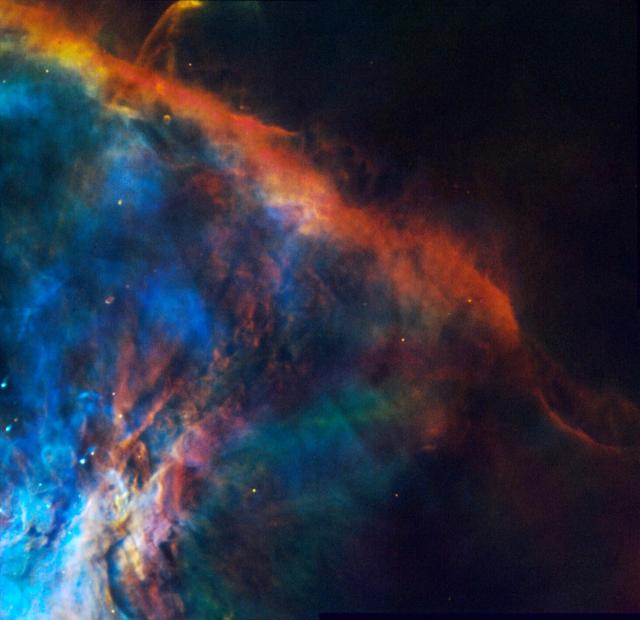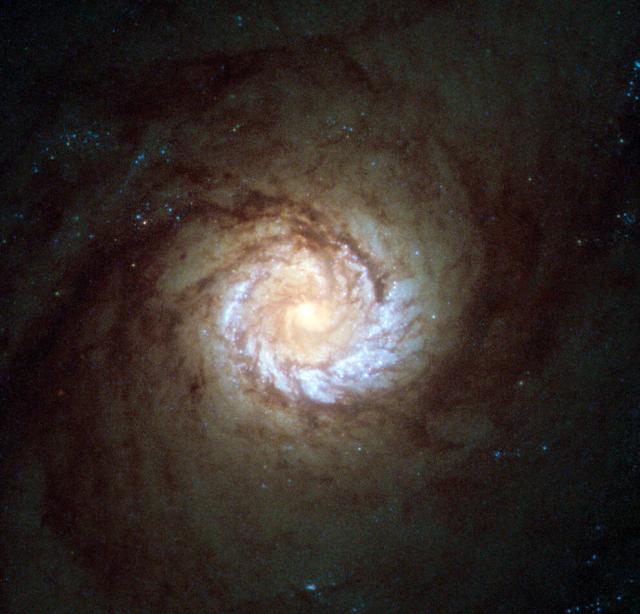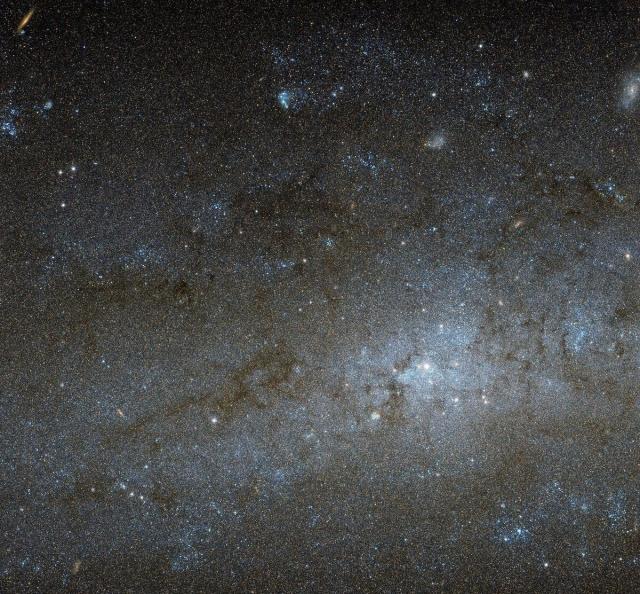Search
Items tagged with: hubbleclassic
Star factory 🌟
This #HubbleClassic image shows the top of a pillar of gas and dust in the Carina Nebula.
Located about 7,500 light-years away, this pillar is home to newborn stars that are nestled within it. Discover more: go.nasa.gov/45oEMkv
#Hubble
Cosmic collision!
Seen in this #HubbleClassic view, the galaxy IC 883 is likely the result of two gas-rich galaxies merging.
This collision likely triggered a burst of star formation, as seen by the bright star clusters in the central region: go.nasa.gov/4452W2m
#Hubble
The galaxy LEDA 62867 is safe... for now.
LEDA 62867 is the smaller, leftmost galaxy seen in this #HubbleClassic image. It's almost certainly going to eventually be swallowed by the larger galaxy seen on the right, NGC 6786, and its powerful gravity: go.nasa.gov/3QBJDuH
#Hubble
About 2,000 galaxies make up the Virgo cluster. This #HubbleClassic focuses on one of its members, NGC 4660!
At 54 million light-years away, this galaxy is home to 205 globular clusters, which are spherical groups of stars bound together by gravity: go.nasa.gov/476ZwPe
#Hubble
Still kicking!
Elliptical galaxies, like NGC 4150 in this #HubbleClassic image, tend to contain older stars.
But Hubble observations of NGC 4150 helped show that elliptical galaxies can have new star birth, fueled by “cannabalizing” smaller galaxies: go.nasa.gov/46tYZH8
#Hubble
📍 NGC 5584
About 72 million light-years away, the brilliant, blue glow of young stars traces the spiral arms of the galaxy in this #HubbleClassic image.
Thin, dark dust lanes appear to be flowing from the yellowish core, where older stars reside: go.nasa.gov/3CDjaEs
#Hubble
The galaxy next door!
This #HubbleClassic view shows a star field in the outer disk of the Andromeda Galaxy, which is the nearest major galaxy to our Milky Way.
Explore more: go.nasa.gov/45WRs3i
#Hubble
Meet galaxy cluster MACS 1206.
In this #HubbleClassic view, some galaxies appear warped. This is caused by gravitational lensing, which occurs when the gravity of a massive object (like a cluster of galaxies) distorts light coming from behind it: go.nasa.gov/43O8qyV
#Hubble
Galactic besties!
The two galaxies in this #HubbleClassic view are gravitationally interacting with each other.
Located about 200 million light-years away, NGC 5754 is the bigger one. NGC 5752 is just below it.
Find out more: go.nasa.gov/3oAWH7F
#Hubble
Bullseye! 🎯
The galaxy NGC 922's ring structure and distorted spiral shape were caused by a smaller galaxy plunging straight through it hundreds of millions of years ago.
Learn more about this #HubbleClassic image: go.nasa.gov/3o7rR6y
#Hubble
Tightly bound arms of dust encircle the bright center of galaxy NGC 2787.
Located about 24 million light-years away, this #HubbleClassic view resides in the constellation Ursa Major.
Read more: go.nasa.gov/3B8LhuF
#Hubble
Hello, cosmic caterpillar!
This #HubbleClassic image shows a light-year-long knot of gas and dust. Its long shape is the result of ultraviolet radiation blasting from bright stars!
IRAS 20324+4057 is in the very earliest stages of becoming a star itself: go.nasa.gov/41pav3C
#Hubble
Butterfly? Hourglass?
Nope! This #HubbleClassic shows a star at the end of its life, casting off its outer layers.
The double-lobe structure was created as material funneled towards the poles of the star at the center.
Read more about "Hubble 12": go.nasa.gov/3Kq4psl
#Hubble
Hey, neighbor!
The Andromeda Galaxy is the nearest major galaxy to ours, at a distance of about 2.5 million light-years.
This #HubbleClassic view shows just a portion of Andromeda. Learn more about the galaxy "next door": go.nasa.gov/3U0QLQP
#Hubble
Can you spot the supernova remnant?
SNR 0509-68.7 is the bright region of reddish dust near the upper center in this #HubbleClassic view.
After a star's explosive death in a supernova, the left-behind gas & dust are known as a supernova remnant: go.nasa.gov/3Kfk3I6
#Hubble
What a catch!
This #HubbleClassic image from 2005 shows the Boomerang Nebula, made of two lobes of matter being ejected from one central star.
Learn more about this nebula: go.nasa.gov/3lcdMmS
#Hubble
Jupiter’s Great Red Spot, seen in this #HubbleClassic image from 1999, has captivated astronomers for centuries. The spot is a vast storm, spinning like a cyclone.
It’s the largest known storm in our solar system and almost twice the size of Earth: go.nasa.gov/3SWCK5W
#Hubble
Back in the year 1006, humans recorded the arrival of light from a supernova explosion caused by the death of a star 7,000 light-years away!
In this #HubbleClassic view, some of the supernova's “leftovers” are seen as a red ribbon moving through space: go.nasa.gov/3IM5s5b
#Hubble
A butterfly in the stars 🦋
This #HubbleClassic image of the Butterfly Nebula shows layers of gas being ejected from a star that has exhausted its nuclear fuel.
Eventually this nebula will fade and leave behind a stellar corpse known as a white dwarf: go.nasa.gov/3KoP25a
#Hubble
Caldwell 69
This structure may look like a cosmic butterfly unfurling its celestial wings, but there’s nothing gentle or delicate about this massive blowout.Edward Henderson (NASA)
A spiral of stars 🌀
A few months after the final Hubble servicing mission, the telescope took this #HubbleClassic image of the spiral galaxy M100.
It’s classified as a grand-design spiral galaxy because of its two prominent lanes of young, blue stars: go.nasa.gov/3YBSYUg
#Hubble
Can you spot six of Uranus’s moons in this picture? Look closely 🔍
This #HubbleClassic image shows Uranus’ faint rings and some of its moons.
The bright spot in the lower right is Ariel, which has the brightest surface of all of the planet's moons: go.nasa.gov/3IaxU1y
#Hubble
The cosmic ocean 🌊
This #HubbleClassic image shows a sea of glowing hydrogen gas, along with small amounts of other elements such as oxygen and sulfur.
Known as M17 (or the Swan or Omega Nebula), this starforming region resides 5,500 light-years away: go.nasa.gov/3ReWzVr
#Hubble
Galaxies galore!
This #HubbleClassic image shows Abell 1689, which is one of the most massive clusters of galaxies known to exist.
Abell 1689 is made up of so much matter that it warps light traveling to us from objects located behind the galaxy cluster: go.nasa.gov/3j1NTFe
#Hubble
This nebula’s weather forecast? 200,000 degrees Celsius! 🔥
That’s the surface temperature of the dying star at the center of the nebula NGC 2440.
It’s shedding outer layers of material to create the complex structure seen in this #HubbleClassic image: go.nasa.gov/3HcVbzo
#Hubble
M81 is one of the brightest galaxies in the night sky!
Seen in this #HubbleClassic view, M81 resides about 11.6 million light-years away. It's home to a black hole about 15 times the mass of our Milky Way Galaxy’s central black hole!
Read more: go.nasa.gov/3itnPTe
#Hubble

Messier 81
Discovered by the German astronomer Johann Elert Bode in 1774, M81 is one of the brightest galaxies in the night sky.Rob Garner (NASA)
Today’s #HubbleClassic brings us back to the 90s!
This Hubble image taken in 1997 shows the young planetary nebula Henize 3-401, one of the longest planetary nebulae ever discovered.
A central star glows in the center of two oblong outflows of gas: go.nasa.gov/3i31yLH
#Hubble
Welcome to NGC 604, a major star formation center! ⭐
Hundreds of stars are forming in this #HubbleClassic view of a hydrogen cloud 2.7 million years away. It's gradually collapsing due to gravity, forming new stars in the process: go.nasa.gov/3YPS7zR
#Hubble
Into the whirlpool! 🌀
Seen in this #HubbleClassic image, the Whirlpool Galaxy's striking spiral arms are star-formation factories; they compress hydrogen gas and create clusters of new stars.
This galaxy is located 31 million light-years away! For more: go.nasa.gov/3YI5JwO
#Hubble
Messier 51 (The Whirlpool Galaxy)
The graceful, winding arms of the majestic spiral galaxy M51 appear like a grand spiral staircase sweeping through space. They are actually long lanes of stars and gas laced with dust.Rob Garner (NASA)
This #HubbleClassic view taken in 1991 shows a small portion of the Orion Nebula – the image only spans a little over one light-year.
Composed of roiling dust and gas, thousands of stars are forming inside this nebula: go.nasa.gov/3iXXv3y
#Hubble
Pandora’s Cluster ✨
This #HubbleClassic image depicts a giant galaxy cluster located in the constellation Sculptor. Scientists believe that this cluster resulted from a pile-up of at least four smaller galaxy clusters over 350 million years!
More: go.nasa.gov/3ErzmcF
#Hubble
Messier 61
Discovered in 1779 by the Italian astronomer Barnaba Oriani, M61 is a barred spiral galaxy located in the constellation Virgo. Charles Messier noticed it on the same night as Oriani, but he mistook the galaxy for a passing comet.Rob Garner (NASA)
Caldwell 62
We’ve introduced the Needle galaxy (Caldwell 38) and the Silver Needle galaxy (Caldwell 26) — now meet the Needle’s Eye galaxy.Edward Henderson (NASA)
